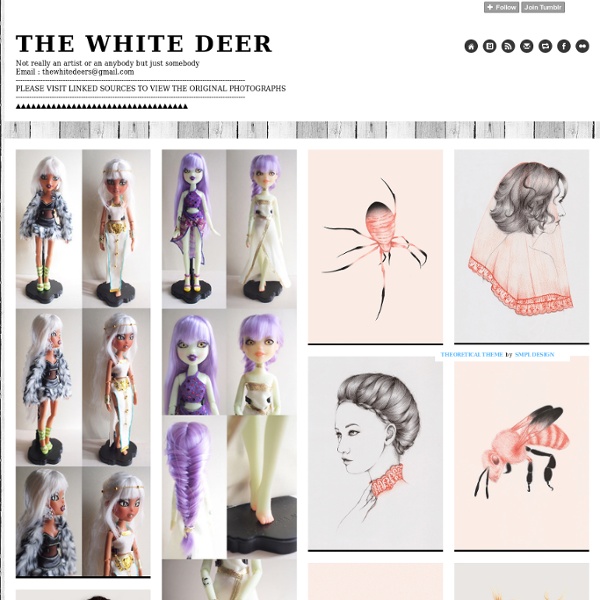



BD : les traits félins de Brecht Evens M le magazine du Monde | • Mis à jour le | Par Frédéric Potet Le dessinateur belge, 29 ans, salué à Angoulême comme un « petit génie », publie son troisième album, « Panthère ». Le Belge Brecht Evens, 29 ans, salué à Angoulême comme un « petit génie » de la BD, publie Panthère. Dans cet album aux multiples influences, de « Calvin et Hobbes » à l'art persan, une enfant s'attache à un fauve princier doté de sombres pulsions. Une fable dérangeante, brossée dans la douleur par son auteur. En janvier prochain, les visiteurs du 42e Festival international de la bande dessinée d'Angoulême n'auront aucune chance de croiser Bill Watterson. Brecht Evens porte, collée sur son dos, une étiquette aussi embarrassante que le sparadrap du capitaine Haddock : celle de « petit génie » de la bande dessinée. Panthère est un huis clos se déroulant dans la chambre d'une petite fille, Christine, vivant seule avec son père depuis que sa mère a claqué la porte en menaçant de « se foutre en l'air ».
HSIN-YAO TSENG Fine Art - Drawings Share KP with Summer Hat Charcoal on Paper 17"x10.5" 2012 (SOLD) Kid with Denim Jacket Charcoal on Paper 14"x11" 2012 (SOLD) Little boy in Gallus Trousers Charcoal on Paper 14"x11" 2012 (SOLD) KP with Fedora Charcoal on Paper 10"x8" 2012 (SOLD) Using 4ormat Marco Mazzoni untitled JUNGSHAN INK- illustration Tara McPherson | ART untitled Egor Kraft Yuta Onoda Home : draw rico draw Nihonga Materials[edit] Nihonga are typically executed on washi (Japanese paper) or eginu (silk), using brushes. The paintings can be either monochrome or polychrome. If monochrome, typically sumi (Chinese ink) made from soot mixed with a glue from fishbone or animal hide is used. Initially, nihonga were produced for hanging scrolls (kakemono), hand scrolls (emakimono) or folding screens (byōbu). Techniques[edit] Development[edit] The impetus for reinvigorating traditional painting by developing a more modern Japanese style came largely from many artist/educators, which included; Shiokawa Bunrin, Kōno Bairei, Tomioka Tessai, and art critics Okakura Tenshin and Ernest Fenollosa who attempted to combat Meiji Japan's infatuation with Western culture by emphasizing to the Japanese the importance and beauty of native Japanese traditional arts. Nihonga was not simply a continuation of older painting traditions. Nihonga outside Japan[edit] See also[edit] References[edit] Briessen, Fritz van.
Mark Jenkins // Glazed Paradise Kristiansand, Norway London, England Montreal, Canada Cologne, Germany Besançon Rome Rio de Janeiro Tudela London Dublin Moscow Winston-Salem Seoul Royan Bordeaux Puerto del Rosario Barcelona Malmö Washington DC Washington, DC